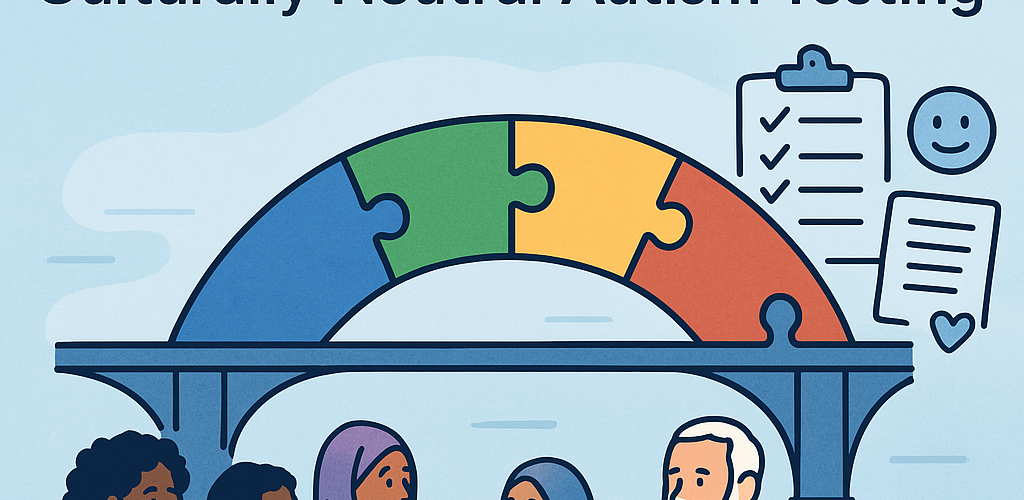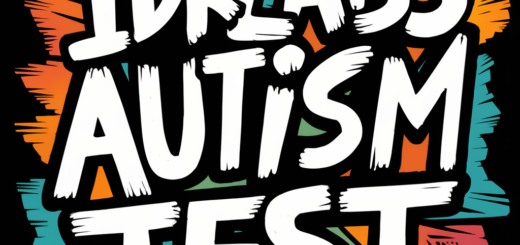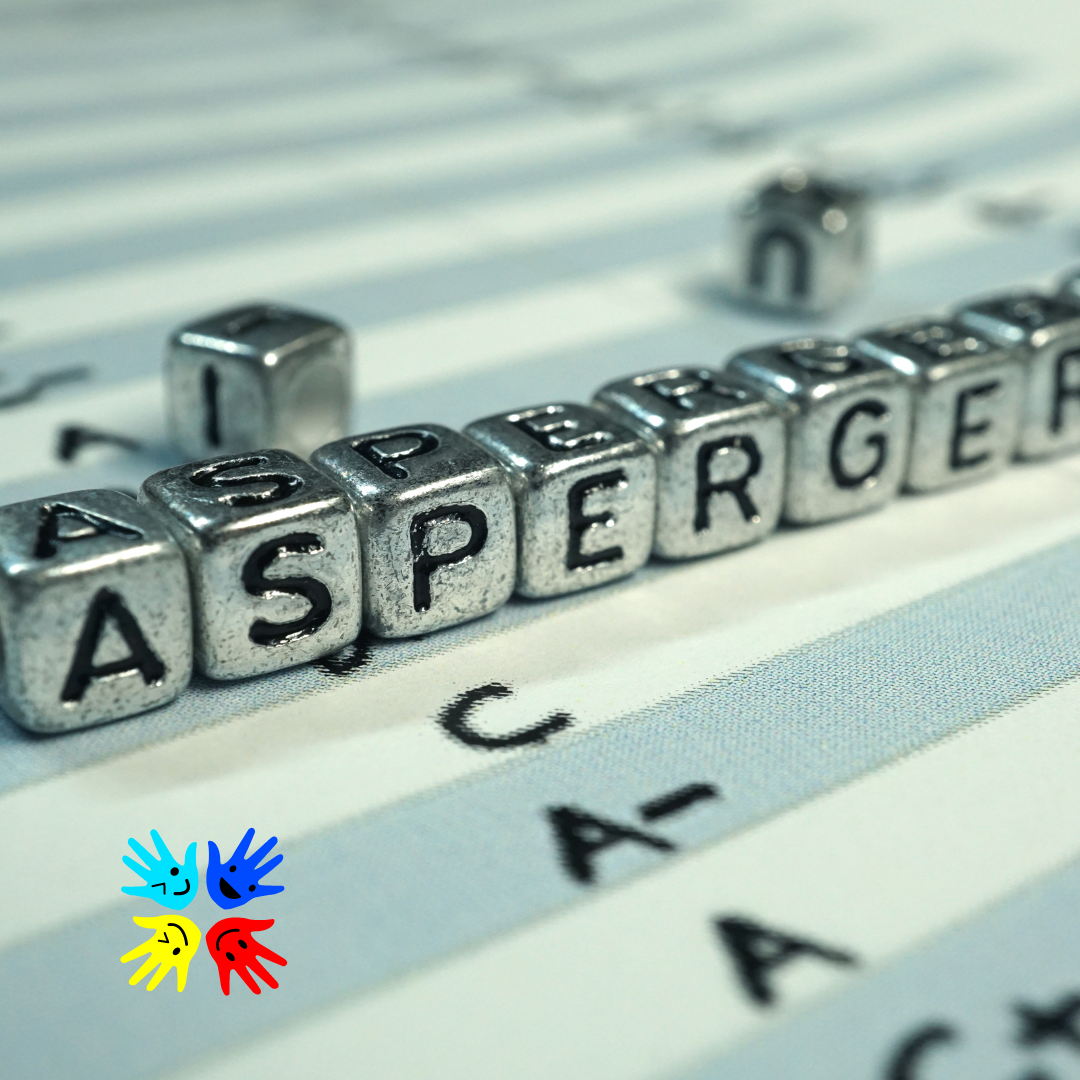Bridging the Gap: The Critical Need for Culturally Neutral Autism Testing

Accurate autism diagnosis is the gateway to understanding and essential support. The “gold standard” tools used in the autism diagnosis process include the ADOS-2 assessment and the ADI-R interview. These tools were primarily developed and validated within specific Western cultural contexts. This raises a critical question. How can we ensure unbiased autism diagnosis? This is important for individuals from vastly different cultural backgrounds. We must also consider native languages and socioeconomic statuses. The development of culturally neutral autism tests is crucial. Culturally sensitive adaptations are also vital. This will ensure equitable cross-cultural autism assessment. Everyone will have access to a fair evaluation. As of March 2025, this remains a significant challenge and a crucial area of focus in global autism research.
The Challenge: How Cultural Bias Impacts Autism Diagnosis
Simply translating existing tests isn’t enough. Autism diagnosis cultural bias can creep in subtle and significant ways:
- Social Norms: Behaviors considered typical or atypical vary greatly across cultures. Norms around eye contact, social reciprocity, turn-taking, and expressing emotions – key areas assessed in autism evaluations – differ significantly. Read more about understanding autism social communication differences in context.
- Language Barriers: Direct translation can miss nuances or cultural meanings. Interpreters, while helpful, require specialized training in autism assessment to avoid influencing results. Assessing pragmatic language use is especially complex across languages.
- Non-Verbal Communication: Gestures, personal space, and other forms of autism non-verbal communication carry different weights and meanings globally.
- Interpretation of Questions/Prompts: Questions about friendships, imaginative play, or specific interests might not resonate with everyone. They may not be understood similarly across different cultural upbringings. The assessment materials (e.g., specific toys in the ADOS-2) may not be familiar or culturally relevant.
- Socioeconomic Factors: Access to healthcare, parental awareness, and educational backgrounds influence when and how concerns are raised. Exposure to diagnostic concepts also plays a role in assessments.
- Clinician Bias: Without specific training, clinicians may misinterpret culturally-influenced behaviors as signs of autism. Conversely, they may overlook autistic traits that manifest differently.
Consequences of Culturally Biased Autism Testing
The lack of autism testing for diverse populations that is truly equitable can lead to:
- Underdiagnosis: Autistic individuals in certain cultural groups may be missed entirely.
- Misdiagnosis: Autistic traits might be attributed to other conditions, or cultural differences mistaken for autism.
- Delayed Diagnosis: Leading to missed opportunities for vital early intervention.
- Health Disparities: Unequal access to diagnosis and support services based on cultural or linguistic background.
- Flawed Research: Global prevalence estimates and understanding of autism may be skewed if based on biased tools.
Strategies Towards More Equitable Autism Assessment
Addressing cultural bias in autism assessment requires a multi-faceted approach:
Cultural Adaptation of Existing Tools
- Beyond Translation: Involves carefully modifying language, prompts, and materials to be culturally relevant.
- Developing Local Norms: Establishing baseline data on how neurotypical individuals within a specific culture perform on the assessment.
- Clinician Training: Educating assessors on cultural variations and potential biases. Explore resources on training for autism professionals.
Developing Culturally Informed Tools
- Community Collaboration: We are creating new assessment tools from the ground up. We do this with input from local experts. The tools also include contributions from community members and autistic individuals from that culture.
- Focusing on Core Features: Attempting to identify assessment methods that tap into the underlying neurobiological characteristics of autism. These methods are potentially less influenced by cultural expression. This is a complex task.
Leveraging Objective Measures (Cautiously)
- Potential Role: Research into autism biomarkers, like eye-tracking or EEG, might offer more objective data points. This will only be possible if they are proven to be stable across diverse populations. This still requires extensive cross-cultural validation.
Enhancing Clinician Cultural Competency
- Ongoing Training: Professionals need continuous education on cultural humility, recognizing implicit bias, and understanding diverse communication styles. See our page on autism cultural considerations.
The Ideal: Universal Tools vs. Local Adaptation
Is a single, truly universal autism test possible? Or is culturally specific adaptation always necessary? The consensus leans towards the latter. While core characteristics of autism are believed to be universal, their expression is deeply intertwined with culture. Interpretation is also deeply intertwined with language. Striving for tools that are fair and equitable often means careful local adaptation rather than a one-size-fits-all approach.
Challenges and Future Directions
Creating and validating culturally neutral autism tests globally is challenging:
- Resources: Requires significant funding, time, and expertise.
- Defining ‘Culture’: Cultures are diverse and dynamic, not monolithic.
- Large-Scale Validation: Testing adaptations across many languages and cultural groups is a massive undertaking.
- Standardization vs. Flexibility: Balancing the need for consistent methods with culturally appropriate flexibility.
Continued global collaboration and dedicated funding for autism research updates in this area are crucial.
Conclusion: Ensuring Diagnostic Equity for All
The goal of unbiased autism diagnosis across all cultures and languages is fundamental to global health equity. Current gold-standard tools like the ADOS-2 and ADI-R are invaluable. However, their limitations outside their original cultural context highlight the urgent need for adaptation and innovation. We must invest in culturally sensitive assessment strategies. Promoting clinician training is essential. Collaborating with diverse communities will help us. These efforts can create a future where every individual, regardless of their background, has an equal opportunity for accurate autism identification. They will also have the support they need to thrive. Learn more about global autism awareness initiatives working towards this goal.


